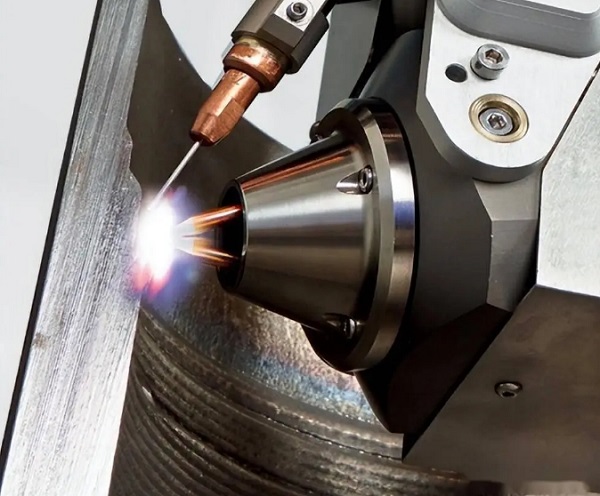What Are the Safety Operating Procedures for a Laser Welding Machine?
Laser welding machines are powerful industrial tools that offer high precision and productivity. However, due to the intense energy of the laser beam and the complexity of automation systems, safe operation is critical to protect personnel, equipment, and production continuity. For companies planning to purchase or already using laser welding equipment, understanding and implementing proper safety procedures is essential.

1. Operator Training and Certification
Only trained and authorized personnel should operate a laser welding machine. Operators must receive comprehensive training on:
Laser safety classifications (especially Class 3B and Class 4)
Safe handling of optical components
Emergency shutdown procedures
Use of personal protective equipment (PPE), including laser safety goggles
Many countries require formal laser safety certification for operators working with industrial lasers.
2. Proper Use of Protective Equipment
Even though modern laser welding systems often feature enclosed protective housings, there are still risks associated with reflected beams, fumes, and high-voltage components. Essential safety gear includes:
Laser-protective eyewear matched to the system’s wavelength
Flame-resistant clothing
Heat-resistant gloves
Respiratory protection when welding coated or painted materials
3. Machine Inspection Before Operation
Before each use, perform a quick safety inspection:
Check that all protective covers and interlocks are in place and functioning
Ensure the ventilation and fume extraction system is operating properly
Confirm that emergency stop buttons are accessible and responsive
Inspect the laser head and optics for dust or damage
4. Safe Setup and Material Handling
Ensure that workpieces are securely clamped and aligned before starting the weld. Loose or misaligned parts can cause poor weld quality or create hazards during automatic operation. Avoid using reflective materials near the laser path to prevent beam reflection.
5. Monitoring During Operation
Never leave a running laser welding machine unattended. Stay alert for unusual sounds, smoke, or changes in weld appearance — these may indicate process instability or equipment malfunction. Most modern systems include built-in safety monitoring features such as beam power feedback and overheat protection.
6. Emergency Response Plan
Every facility using laser welding machines should have a clear emergency response plan, including:
Immediate access to first aid kits
Defined procedure for laser-related injuries
Availability of fire extinguishing equipment
Regular drills for system shutdown and evacuation
By following these standard safety operating procedures, users can significantly reduce the risk of accidents and ensure a safer working environment. When purchasing new equipment, always choose a reputable laser welding system supplier that provides comprehensive safety documentation, operator training, and compliance support.
Recent Posts
- What are the advantages of laser welding machines in lithium battery pack production lines?
- What issues should be noted when choosing a lithium battery pack production line?
- Quality Inspection and Control of Lithium Battery Module Pack Production Line
- Cell grouping and sorting process in lithium battery module pack production line
- What are the safety hazards of lithium battery pack production lines and how can they be prevented?
INQUIRY

